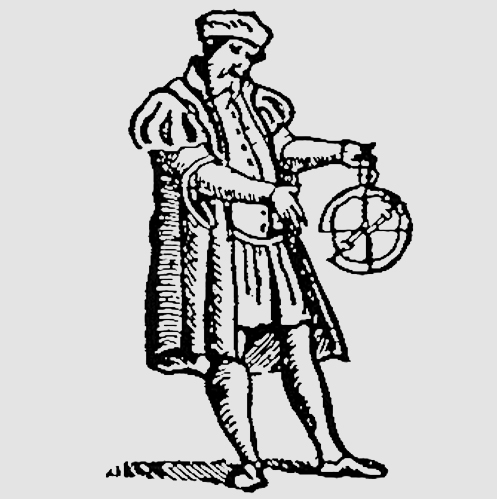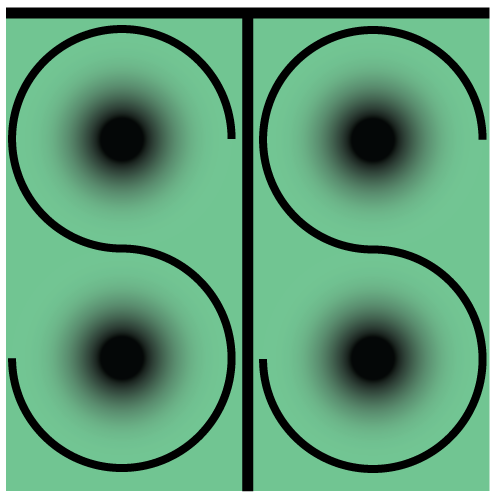
Date: April 26, 2013
Time: 11:00 am – 6:00 pm.
Location: 470 Stephens Hall, UC Berkeley, ADA accessible
The Spring 2013 Sciences and Society Symposium strives to open up lively debate around new forms of knowledge, boundary-drawing practices, and aesthetics in part by experimenting with the form that undergraduate research and presentations can take. Read more at the official event page.
About (Un)certain BoundariesThe work of Montreal artist Naccarato, and New York artists caraballo-farman, examples upper right, in many ways encapsulates the central questions of this event: What does it look like when fields or objects seen as distinctly different find company with each other? We want to see what happens when academic disciplines collide. What are the physical and visual possibilities? Moreover, what questions, histories, and implications might arise?
Visualizing the intersections of science & society
The Spring 2013 Symposium invites undergraduates to bring together perspectives and practices too often kept apart. Students investigating varying aspects of ‘science and society’ will engage in traditional research presentations, mixed media exhibitions, and more. Work will come from a variety of academic disciplines, ranging from – for example – a paper on the history of the lie detector test, a presentation about technology and performance art, a project surrounding the ethics of engineering, or a project about the politics of gender, race, and landscape in Appalachia. This symposium will bring together the social, the political, and the ‘scientific’ (medical, technological, and beyond), proposing that these disciplinary boundaries are not so easy to identify and distinguish in the first place.
The powerful distinctions between the observer and observed, the natural and cultural, the scientific and the political, are not as straight-forward or unproblematic as we intuitively assume—the splits are uncertain.
Understanding this uncertainty has been one of the key contributions of academic work in studies of science, technology and medicine. But how often, in the academic context, is it possible to actually feel and touch the things that matter, to “implode” the objects we live with everyday, or hear what intersections sound like? The Spring 2013 Sciences and Society Symposium strives to open up lively debate around new forms of knowledge, boundary-drawing practices, and aesthetics in part by experimenting with the form that undergraduate research and presentations can take.
Our task in this symposium is to think critically about the world, the facts, and the things that surround us. In considering their histories, entanglements, and implications – and trying out new ways to engage them- we can imagine new futures and possibilities as well.
Submission Categories
250 word abstracts required for all submissions. Applicants must review guidelines before submitting both form and abstract.
Implosion Project
These quick, 5-minute presentations are attempts to teach and learn about the embeddedness of objects in the world and the world in objects.
You will choose an ‘object’ – something you have interacted with in your daily life, “implode” it by investigating its sociopolitical significances, and then present it. Each presenter will get two powerpoint slides and five minutes in which to present their Thing as artfully and cleverly as they like. The emphasis of this category is on details and non-obvious connections. The two focuses of this project are:
1) THE WORLD IN THINGS (such as their symbolic, labor, professional, material, technological, political, economic, textual, bodily, and historical dimensions), and
2) THE THING IN THE WORLD (such as its educational, political, symbolic, labor, professional, material, technological, political, economic, textual, bodily, and historical dimensions).
Tips –
- Make your “thing” as concrete and specific as possible (ie, not ‘bread,’ but the Trader Joe’s sandwich loaf in your cupboard…).
- You do not have to discuss all of the dimensions mentioned above. Three minutes is not long, so you will have to choose which aspects to present.
- You do not have to actually “bring” the thing with you when you present – presentations can involve microscopic subjects (e.g. a specific strain of probiotics), handheld ones (e.g. your Tom’s brand toothpaste), and enormous ones (e.g. a Bay Area Rapid Transit car).
Once a submission is accepted, the presenter will be given two weeks to submit their powerpoint slides. The slides will help you convey – visually, textually, etc–what you would like to teach us all about your thing.
A written proposal is required, but a short video, mp3, or photographic explanation of the project is encouraged. Reference submission guidelines – download above.
A written proposal is required, but a short video, mp3, or photographic explanation of the project is encouraged. See guidelines below.
Photo Credit: Top – Naccarato, Vertebra, Part 2: The Skinning of Memory (VP2) | 20’W x 17’H x 16’D | Mixed Media | Site-Specific/Immersive Installation | Partial/Detail Views | Artist Studio, University of Ottawa, Ottawa, Canada 2009



